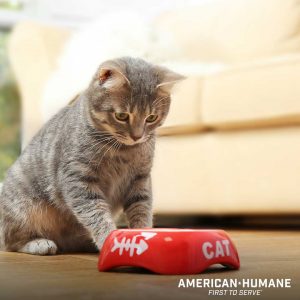
Diabetes mellitus, or “sugar” diabetes, is a common disorder in cats, striking one in every 400. It is caused by the inability of the hormone insulin to properly balance blood sugar (glucose) levels.
Symptoms
Symptoms of diabetes in cats are similar to those in humans, including:
- increased appetite
- weight loss
- lethargy
- poor hair coat
- excessive urination
- weakness in the rear legs
Diagnosis
Your veterinarian can determine if your cat is diabetic by checking blood, urine and clinical signs.
Treatment
Diabetes is definitely treatable and need not shorten an animal’s lifespan or life quality. However, diabetes is life-threatening if left alone. Untreated, the condition leads to increasingly weak legs in cats, and eventually malnutrition, ketoacidosis and death. Early diagnosis and treatment by a qualified veterinarian can not only help prevent nerve damage, but in some cases even lead to remission so that the cat no longer needs injected insulin.
Treatment generally entails giving insulin injections once or twice a day, though in a small number of cats, diabetes may be controlled through diet and oral medication.
- Diet is a critical component of treatment, and is in many cases effective on its own. It is becoming clear that lower-carbohydrate diets will significantly lower insulin requirements for diabetic cats. Carbohydrate levels are highest in dry cat foods, so diabetic cats are best off with a low-carbohydrate, healthy canned diet.
- Oral medications that stimulate the pancreas and promote insulin release work in some small proportion of cats, but these drugs may be completely ineffective if the pancreas is not working.
- A slow-acting dose of insulin injected twice daily, along with a low-carbohydrate diet, keeps the blood sugar within a recommended range for the entire day. Most cats do not object to injections, and insulin is very inexpensive.
- Some people are reluctant to switch from pills to insulin injections, but the fear is unjustified; the difference in cost and convenience is minor, and injections are more effective in almost all cases. Many cats are actually easier to inject than to pill.
Many cat owners are able to control their diabetic cat’s condition for years, and the animal leads a normal life. If you are willing to work closely with your veterinarian, you and your cat can have many happy years ahead.

